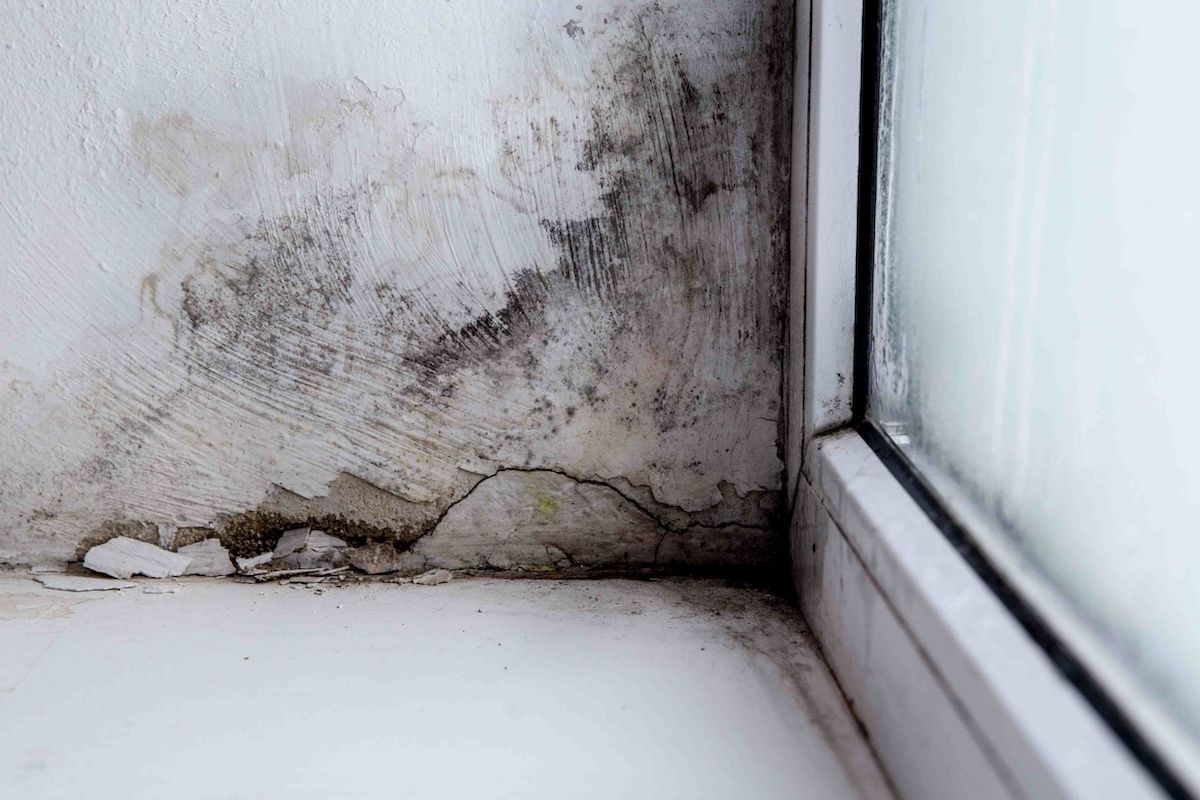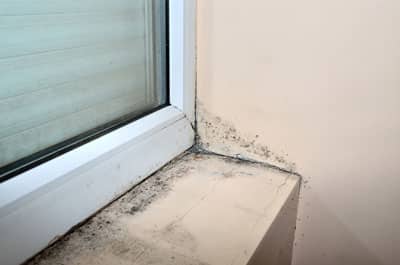Testing Air Quality After Mold Remediation
Testing Air Quality After Mold Remediation
Blog Article
Your Ultimate Overview to Blog Post Mold And Mildew Remediation Techniques
Browsing the world of post-mold removal techniques is a thorough process that requires interest to detail and a detailed understanding of the details entailed. In the after-effects of mold and mildew infestation, knowing how to efficiently eradicate the mold and prevent its reoccurrence is extremely important for maintaining a healthy indoor setting. From choosing the best cleansing and decontaminating techniques to applying techniques for long-term mold and mildew avoidance, each action in the remediation journey plays a crucial function in ensuring a successful outcome. As we start this expedition of post-mold removal strategies, we will certainly reveal the key methods and best practices that can assist you recover your area to its pre-mold condition and guard it versus future mold hazards.
Recognizing Post-Mold Remediation Refine
After finishing the mold remediation process, it is crucial to recognize the post-mold removal methods that are necessary to make sure a complete and effective cleaning. When the mold and mildew has actually been eliminated, the following step includes cleaning and disinfecting the impacted areas to stop any kind of regrowth of mold and mildew.
Moreover, conducting a final evaluation post-remediation is essential to make certain that all mold has actually been successfully gotten rid of. This assessment ought to entail a detailed visual check in addition to potentially air sampling to verify the lack of mold spores airborne. If the examination exposes any lingering mold, extra remediation might be needed. Informing owners on preventative steps such as managing moisture levels and without delay attending to any kind of water leakages can aid maintain a mold-free environment.
Effective Cleansing and Disinfecting Approaches

Stopping Future Mold Growth

Value of Correct Ventilation
Proper ventilation plays a crucial function in preventing wetness buildup, a vital aspect in mold development within interior environments. Effective air flow systems help eliminate excess moisture from the air, decreasing visit this site right here the chances of mold spores discovering the moisture they require to spread and germinate. Without ample ventilation, interior rooms can become a reproduction ground for mold, bring about potential health threats and architectural damages.
By making certain proper air blood circulation, ventilation systems can additionally help in drying out damp locations quicker after water damage or flooding incidents, additionally deterring mold development. Post Mold Remediation Report. In rooms like shower rooms, cooking areas, attics, and cellars where moisture levels have a tendency to be higher, mounting and preserving effective air flow systems is important in protecting against mold infestations

Tracking and Maintenance Tips
Given the crucial duty that appropriate air flow plays in preventing mold growth, it is essential to develop effective surveillance and upkeep tips to make certain the continued capability of ventilation systems. Regular inspections of ventilation systems ought to be performed to look for any kind of indicators of clogs, leaks, or malfunctions that could hamper appropriate airflow. Tracking moisture levels within the property is likewise critical, as high moisture can contribute to mold growth. Installing a hygrometer can assist track humidity levels and alert home owners to any spikes that may need attention. In addition, making sure that air filters are consistently cleansed or changed is essential for preserving the effectiveness of the ventilation system. Carrying out a routine for regular maintenance tasks, such as air duct cleansing and heating and cooling system evaluations, can help stop concerns prior to they intensify. By staying proactive and mindful to the problem of ventilation systems, homeowner can properly minimize the risk of mold and mildew regrowth epa mold removal guidelines and keep a healthy and balanced indoor atmosphere.
Final Thought
In conclusion, post-mold remediation techniques are necessary for making sure a safe and clean setting. Comprehending the process, applying reliable cleansing and disinfecting approaches, stopping future mold and mildew growth, maintaining correct ventilation, and routine tracking are all critical action in the remediation process. By adhering to these standards, you can successfully get rid of mold and mildew and stop its return, promoting a healthy and balanced living or functioning area for all residents.
In the results of mold and mildew invasion, understanding exactly how to properly eliminate the mold and stop its reoccurrence is critical for preserving a healthy and balanced indoor setting. Once the mold and mildew has been eliminated, the following step entails cleansing and decontaminating the influenced locations to prevent any type of regrowth of mold and mildew - After mold remediation. After removing visible mold and mildew development, it is crucial to clean up all surfaces in the afflicted area to get rid of any kind of continuing to be mold spores. To further enhance mold prevention procedures, it is crucial to attend to underlying concerns that originally led to mold growth.Offered the crucial function that appropriate ventilation plays in protecting against mold development, it is crucial to establish reliable surveillance and maintenance suggestions to make sure the ongoing capability of ventilation systems
Report this page